The model
Eleven Dots For Collective Intelligence is a model for observing and transforming the functioning of teams.
It is based on the principle of a human community considered as a living organism.
The look at this organism, inspired by the most recent research in Traditional Chinese Medicine, is holistic, systemic and systematic.
Holistic
We observe all the plans: the structure and the force which maintain the group and perpetuate its existence, the emotional interactions which give life to this whole allowing it in particular to adapt over time as well as the meaning which allows it to go towards a goal.
Systemic
The view of the group is multiple: by the members, by the leaders as well as by external stakeholders brought to interact with the group: N-1, N+1, internal partners, external partners... I is an auto and a hetero-evaluation.
Systematic
Specific points are questioned in a systematic way to highlight people's experience of 11 fundamental skills, themselves broken down into 53 components.
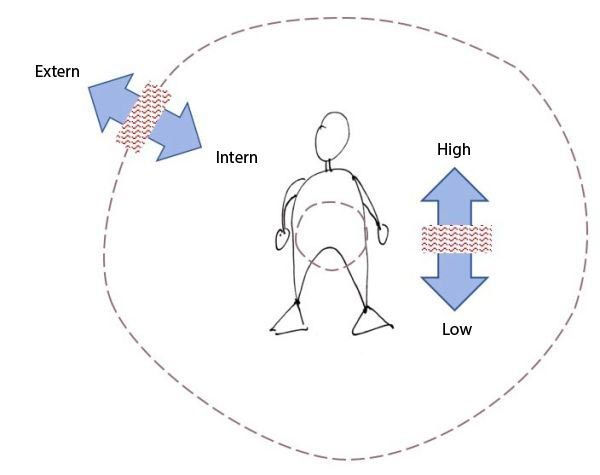
11 Dots for CI: Observation of a team similar to a human being.
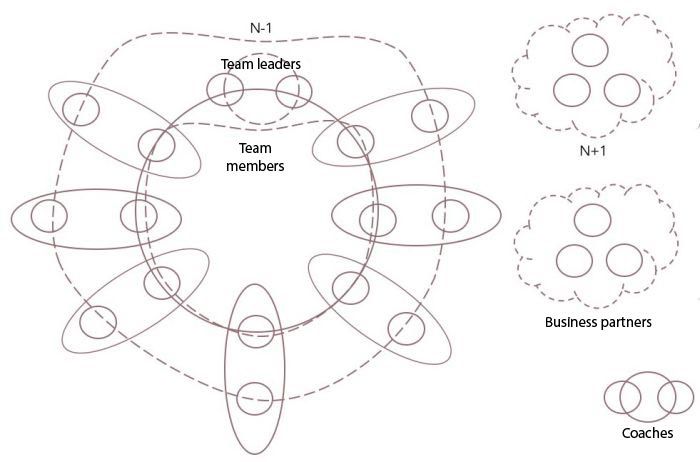
11 Dots for CI: Observation of a team with many points of view.
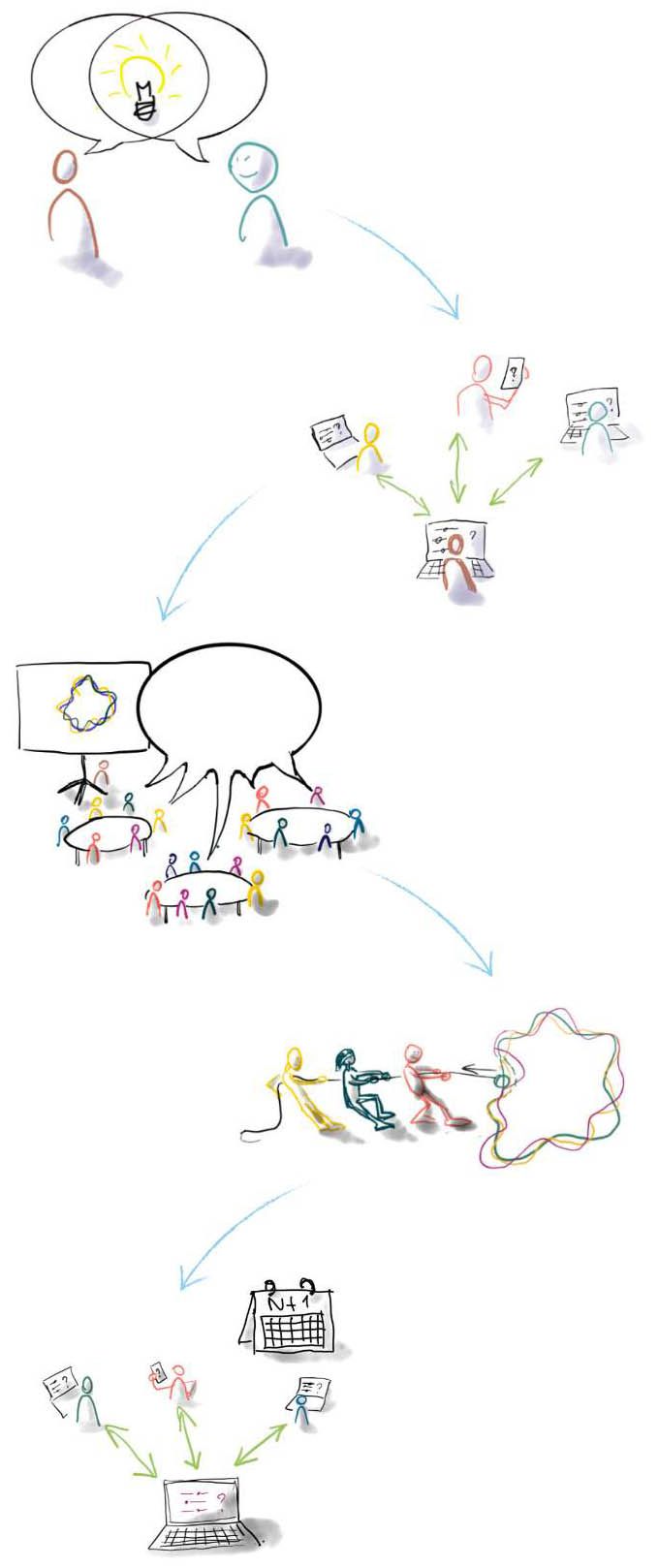
The tool
The diagnosis is part of a complete approach where the human dimension and the digital component act in harmony.
1
DEFINITION OF THE NEED AND SCOPE OF INTERVENTION
What is the context that makes you want to invest energy to improve collective intelligence? Which team(s) are the subject of this observation? Who is questioned about its current mode of operation? How and to whom will the results be returned? How will the transformation work and its follow-up be initiated? What schedule? What governance of the intervention?
2
ANONYMIZED INDIVIDUAL ONLINE QUESTIONNAIRE
Each person is informed about the meaning of the process and the fact that the answers will be anonymized.
3
SHARING RESULTS
With the management, with the members of the team or even with all the respondents. This process can be done in several stages and each time gives rise to a time of exchange facilitated by a professional to answer methodological questions, identify the strengths, points of support of the collectivity (the antifragile column) as well as the potentially limiting or worrying points (the organic weak point) and initiate a reflection on the meaning that the group could give to this observation and the avenues for change that this inspires.
4
TRANSFORMATION
On the basis of these exchanges, a tailor-made intervention architecture is designed to allow the team to appropriate their awareness, to set themselves in a motion of transformation as a group and to co-construct a concrete action plan. In acupuncture, its like applying the right number of needles to the right place.
5
TRACKING
At the end of a period to be agreed, a long-term follow-up can be established via the implementation of a new questionnaire and a sharing with a comparison with the first survey.
In 2013, the leader of a large French company called Florence Lamy, professional coach:
"Dear Florence, you coached many of our teams, everytime in different contexts and different issues, and everytime we felt that you were able to precisely and quickly identify the key imbalances at the source of the observed malfunctions. I noticed that it allowed everytime a real awareness and the implementation of rapid and lasting positive changes. I am calling you to make a request: could you reveal your secret for identifying so directly the strength and weak points, and the dynamics of the team’s balances/imbalances?"
The desire to create 11 Dots was born.
Florence Lamy questioned her practice in the light of theoretical frameworks: the latest research on the notions of collective intelligence (Anita Wooley (2010) and David Engel (2014) in particular) and team coaching (Lamy and Moral) on one hand and the energetic approach of Traditional Chinese Medicine and the Bā Gāng diagnostic approach on the other hand (Bā Gāng is a structured methodology to observe vital points, symptomatic or not).
The foundations of the 11 Dots for Collective Intelligence diagnosis were quickly laid with a palette of 3 plans, 11 skills and more than 50 components. A prototype of the online questionnaire was built with the help of a small team and courageous beta-testers.
Eleven Dots for IC V1.0 was born.
Since then, the model has been used to support dozens of teams or larger communities. Faithful to its original inspiration, it has continued to evolve, enriched by feedback and supported by various digital and graphic solutions.
Future developments have already germinated in the mind of the inventor of the model...
The 11 Dots Support community is made up of professionals trained and certified in the use of the 11 Dots for CI model.
If you want to carry out an analysis of your team with 11 Dots, you can call on them.
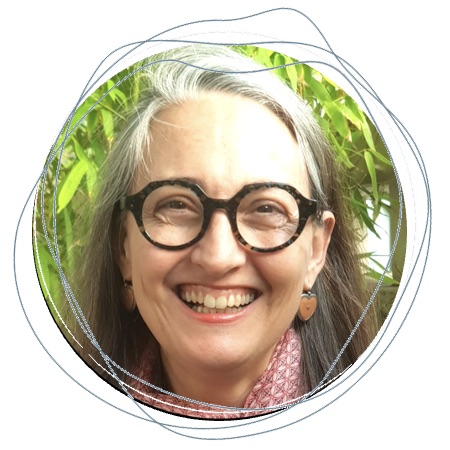
Interventions in French.
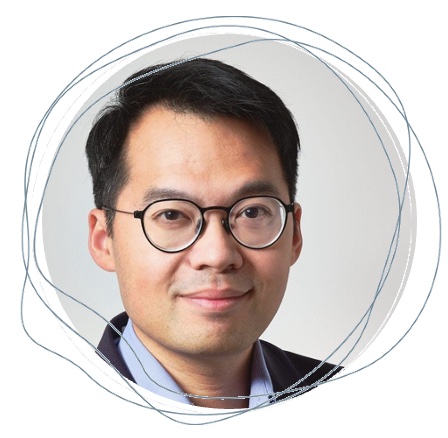
Interventions in French/English.
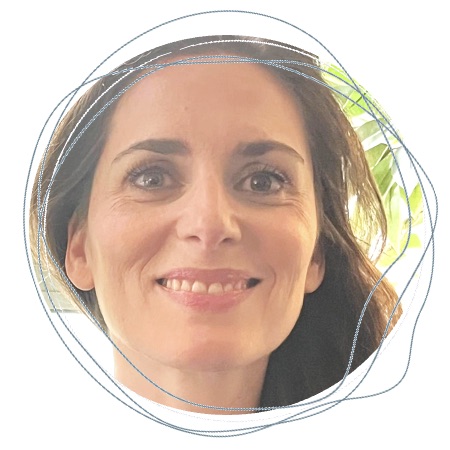
Interventions in French/English.
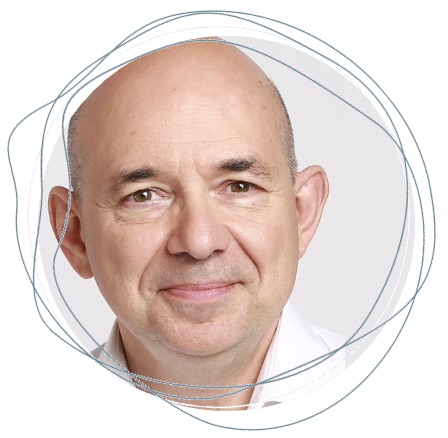
Interventions in French.
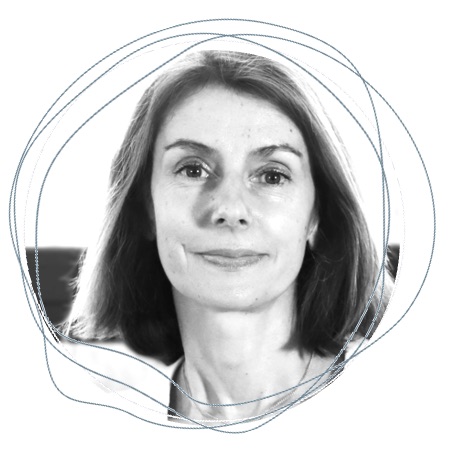
Interventions in French/English.

Interventions in French.
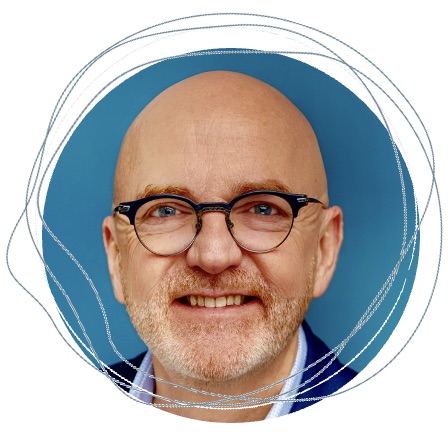
Interventions in French.
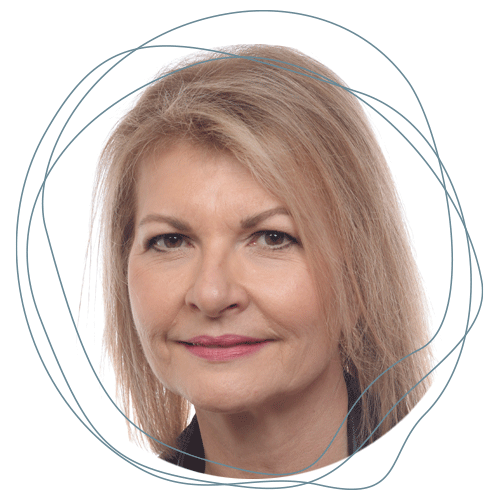
Interventions in French/English.

Interventions in French/English.
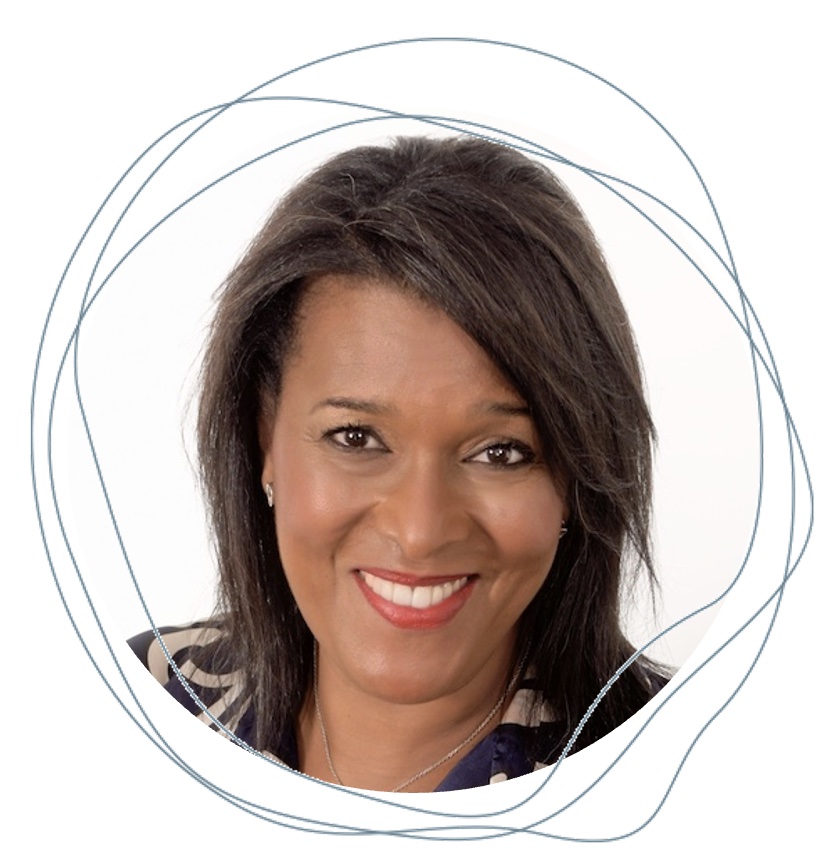
Interventions in French/English.
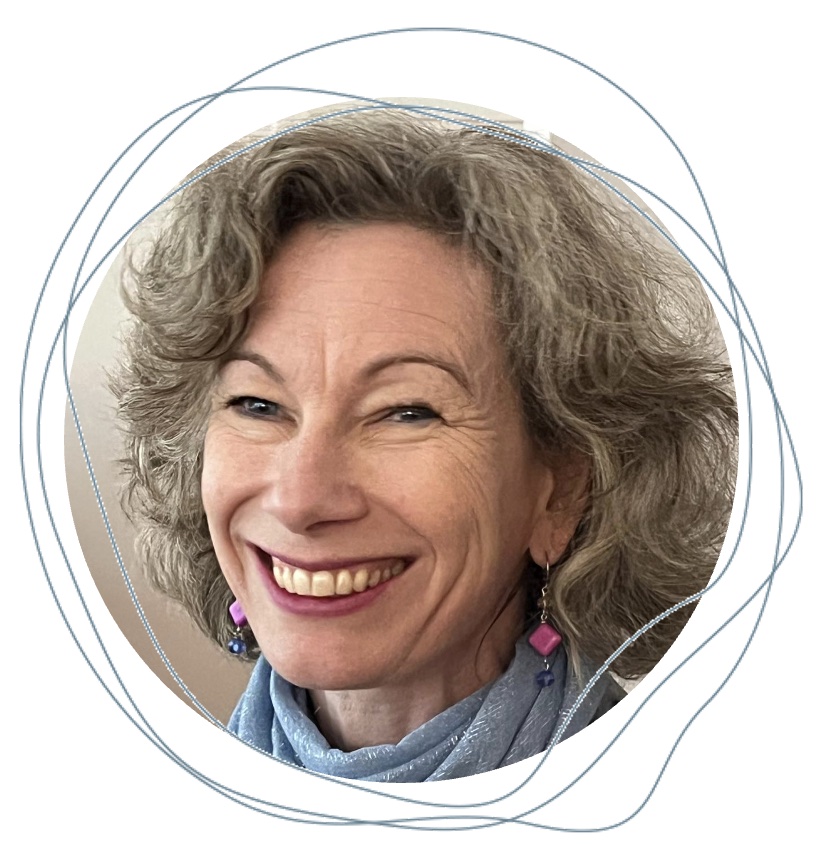
Interventions in French/English/Italian.

Interventions in French.
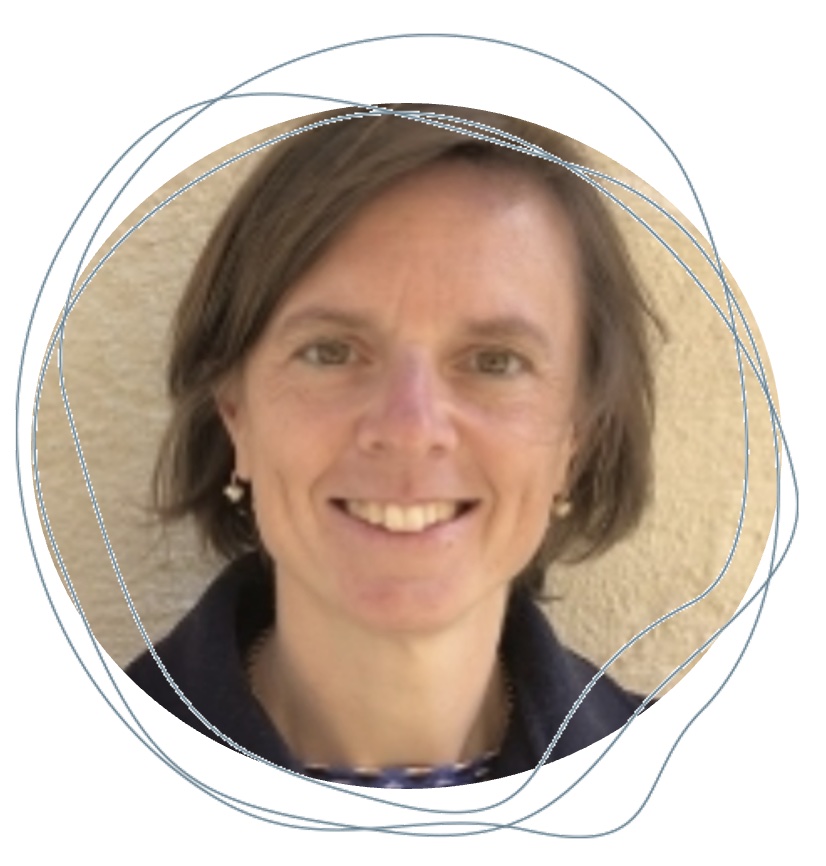
Interventions in English/French/Italian.
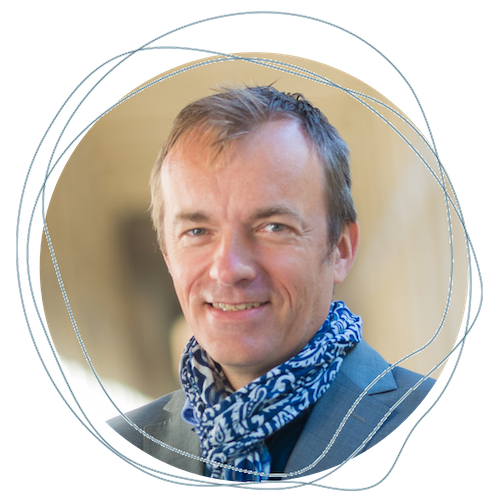
Interventions in French/English.

Interventions in French/English.
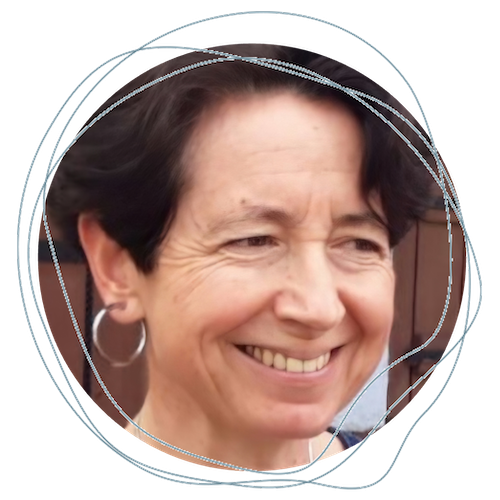
IInterventions in French/English.
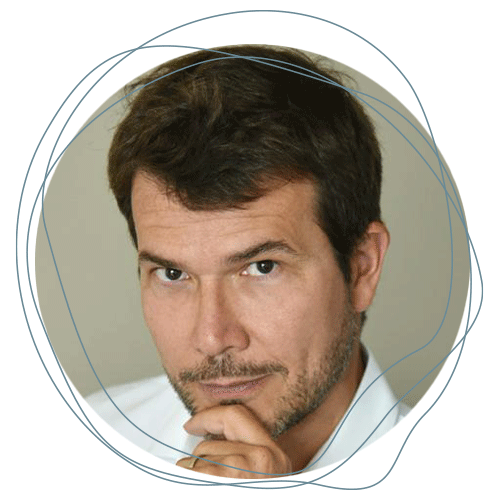
Interventions in French/English.
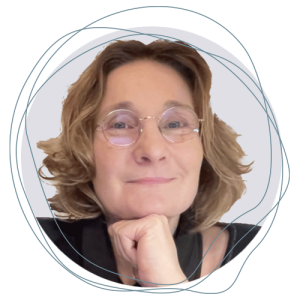
Interventions in French.
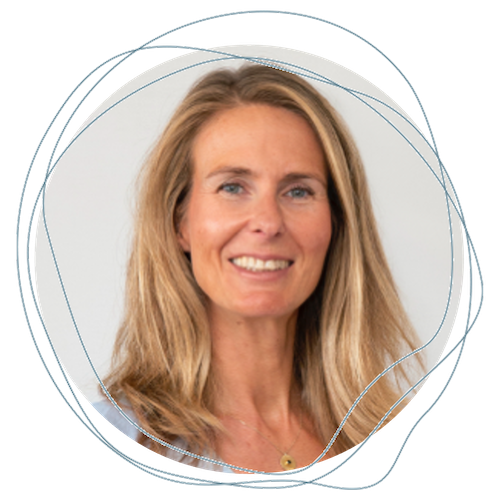
Interventions in French/English.
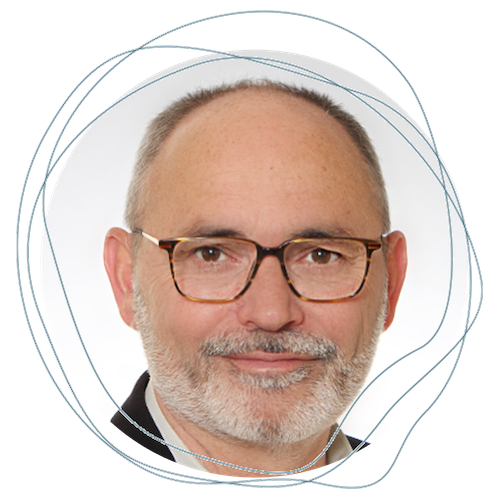
Interventions in French.
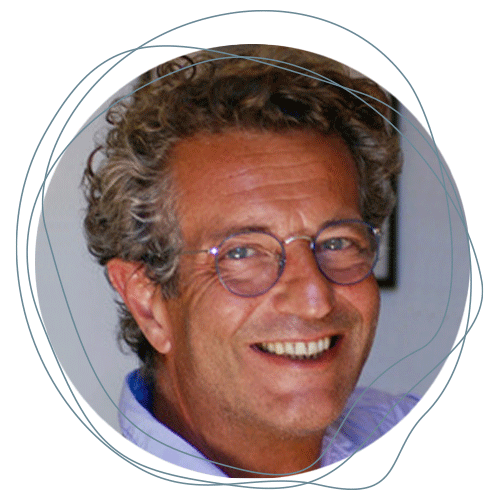
Interventions in French.
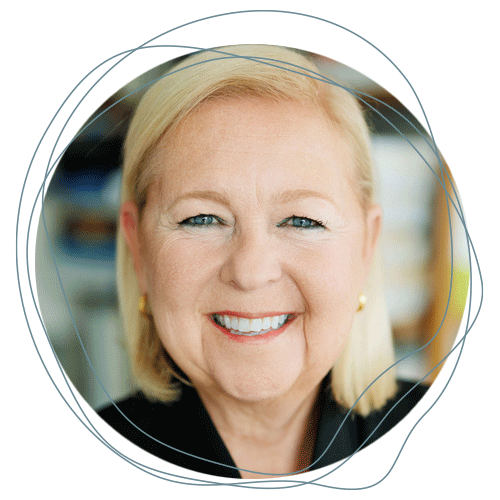
Interventions in French/English.
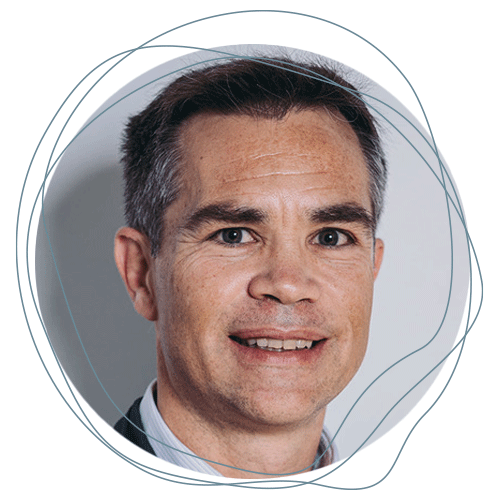
Interventions in French/English.
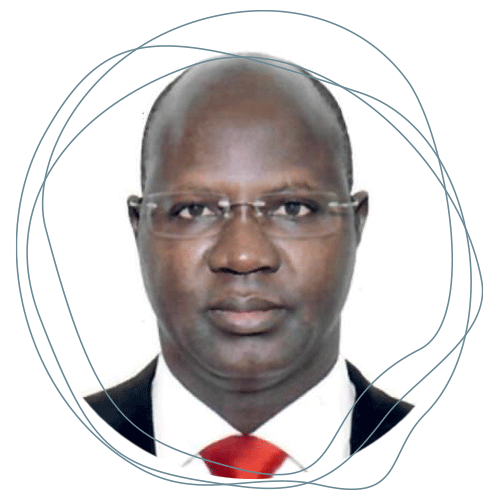
Interventions in French.
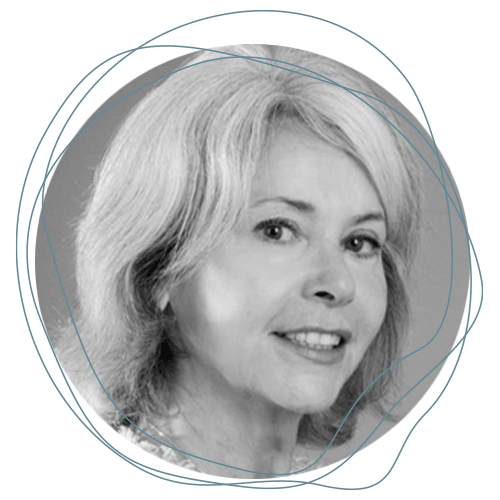
Interventions in French.
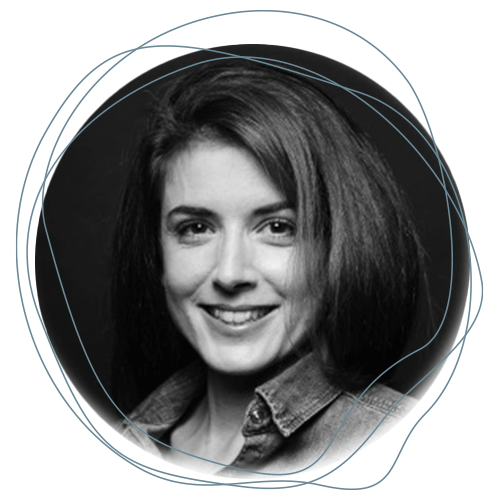
Interventions in French/English.
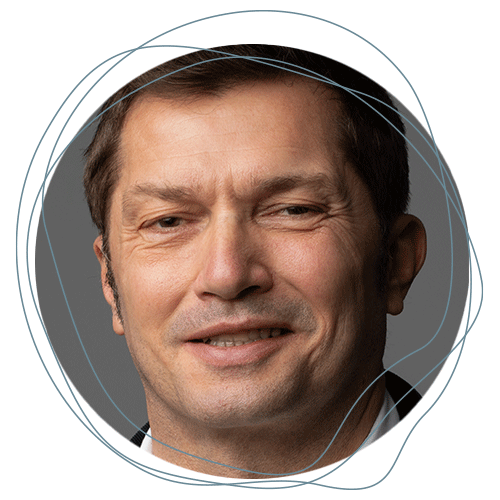
Interventions in French/English.
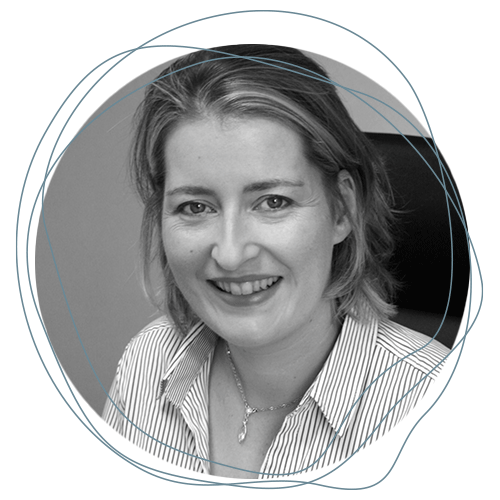
Interventions in French/English.
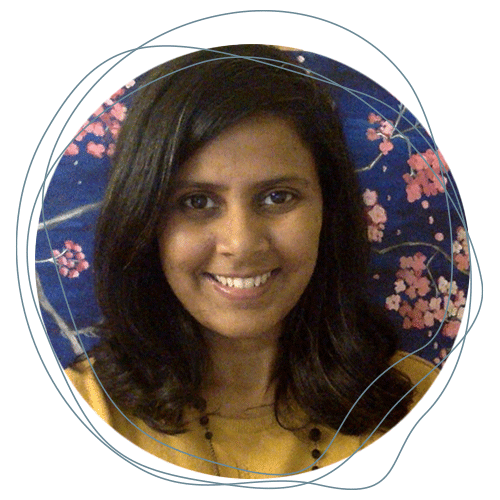
Interventions in French/English.

Interventions in French.
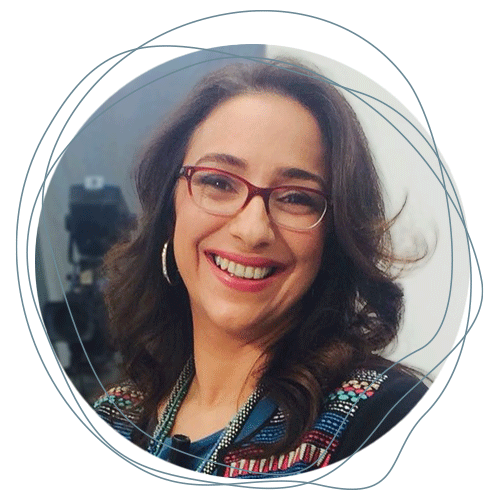
Interventions in French.
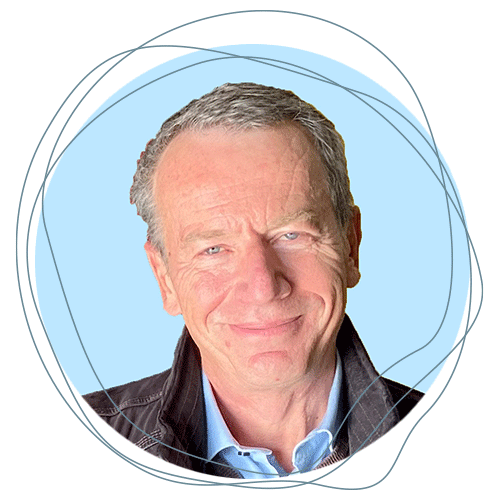
Interventions in French.
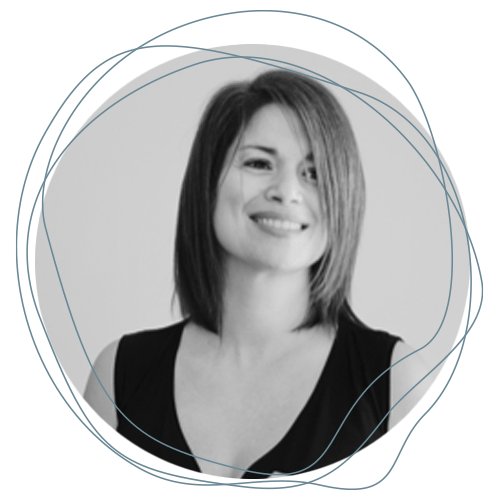
Interventions in French / English.
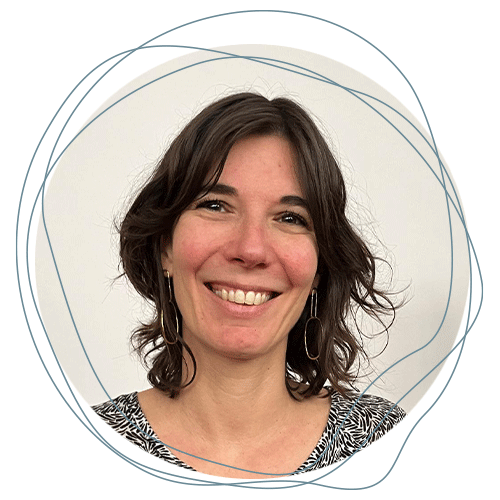
Interventions in French / English.
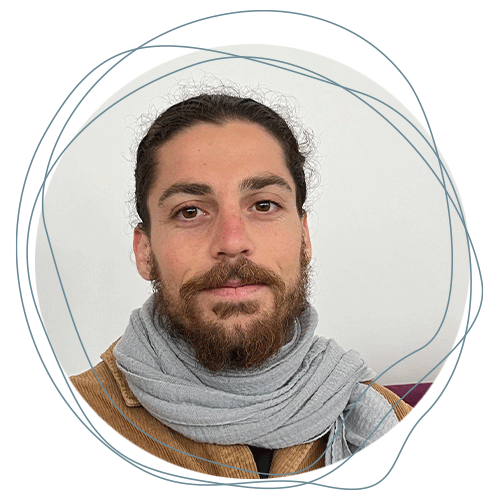
Interventions in French.
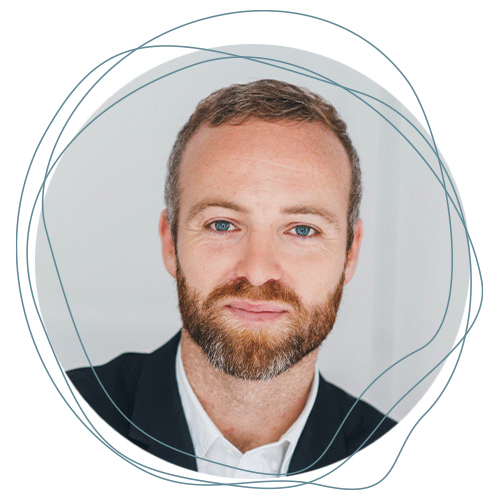
Interventions in French.

Interventions in French.
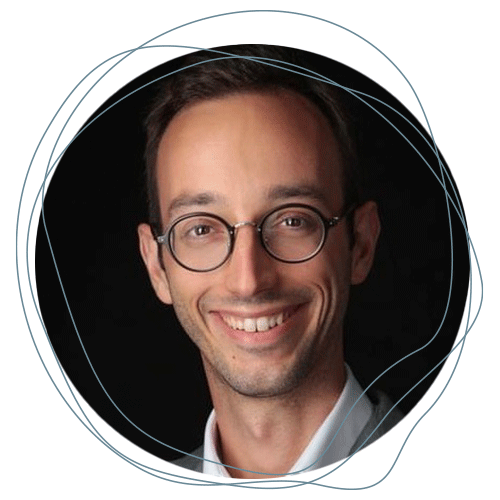
Interventions in French.
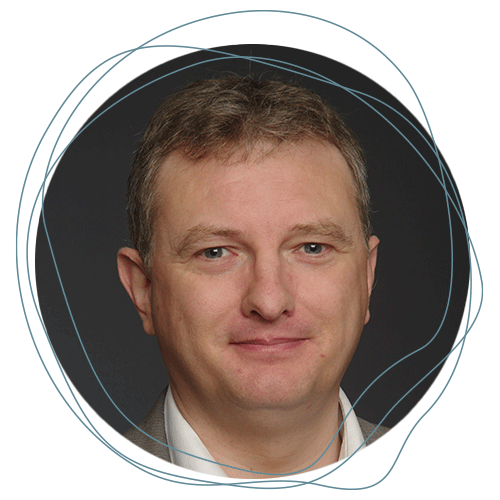
Interventions in French/English.
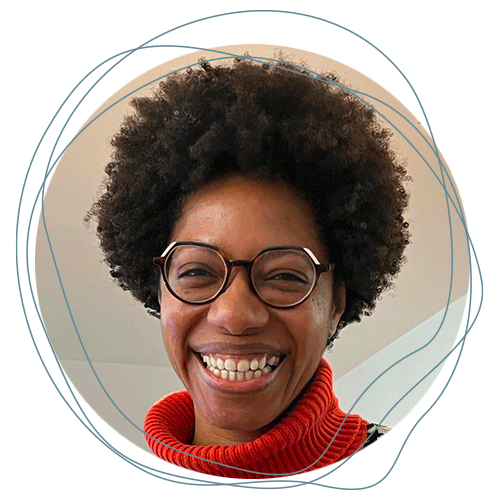
Interventions in French.
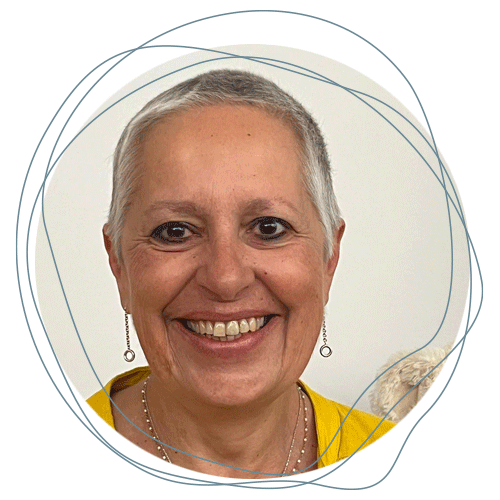
Interventions in French / English.
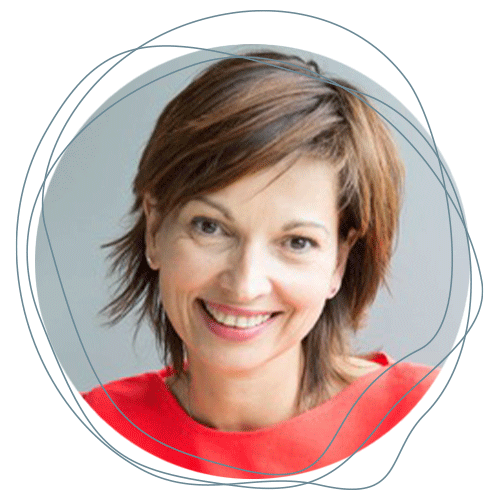
Interventions in French / English.
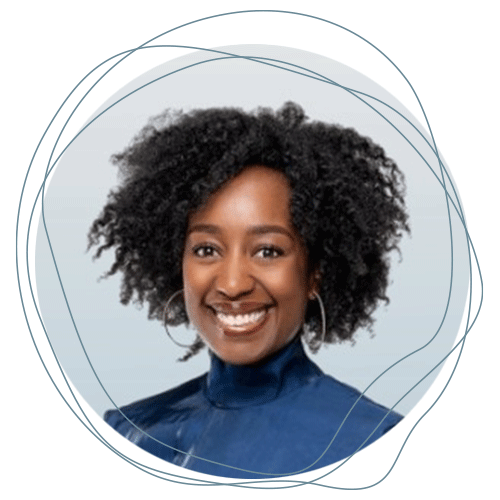
Interventions in French.

Interventions in French / English.
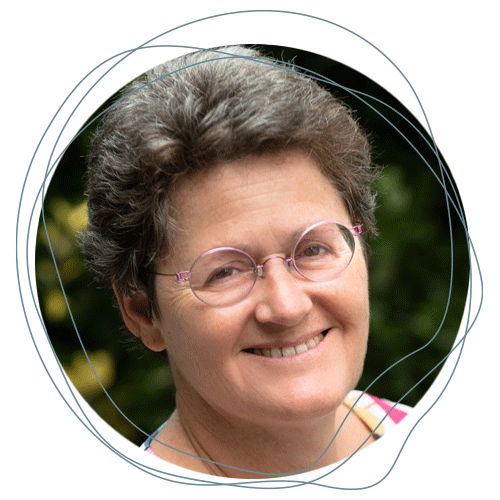
Interventions in French.
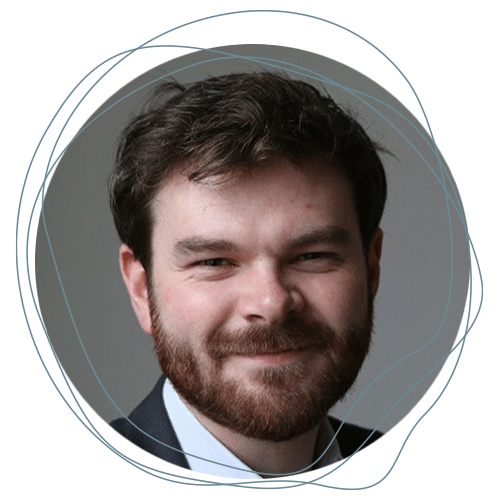
Interventions in French/English.
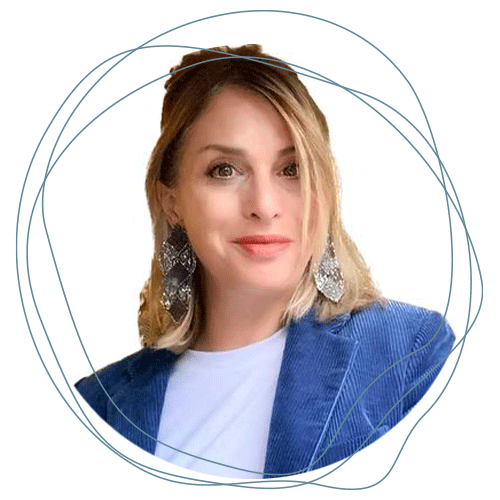
Interventions in French/English/Italian.
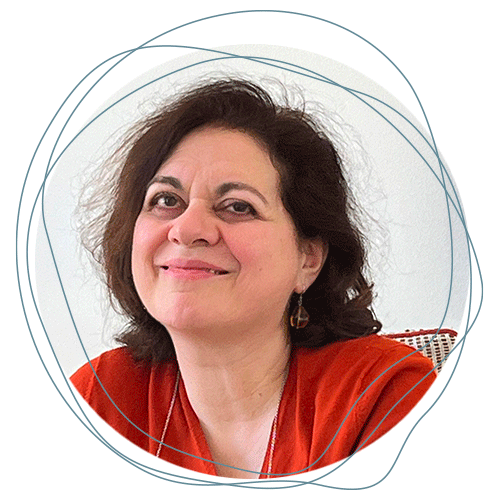
Interventions in French/Spanish/Italian.
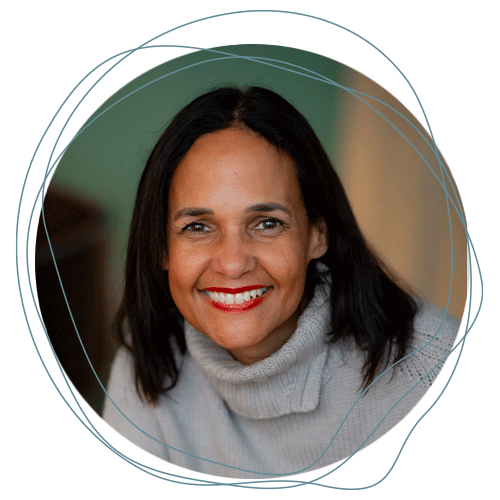
Interventions in French/English/Spanish/Italian.
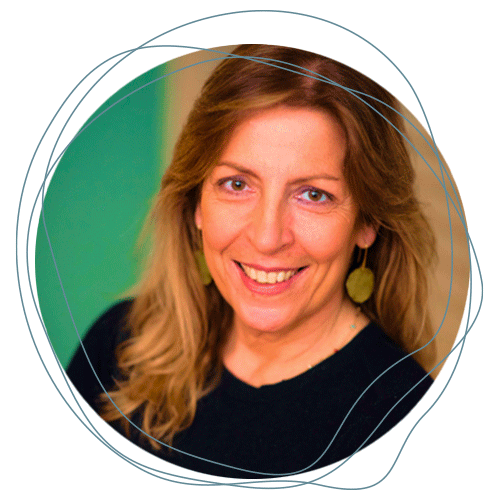
Interventions in French/English/Italian.
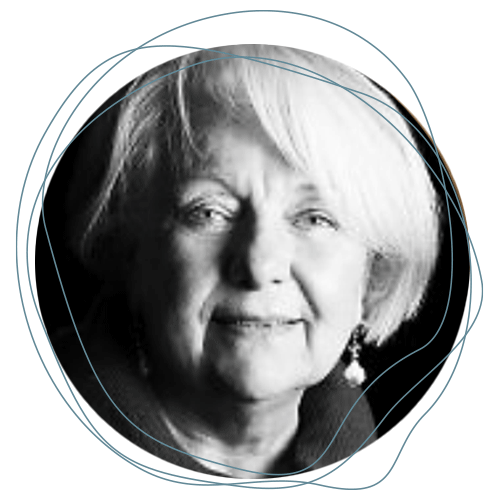
Interventions in French/English/Italian.
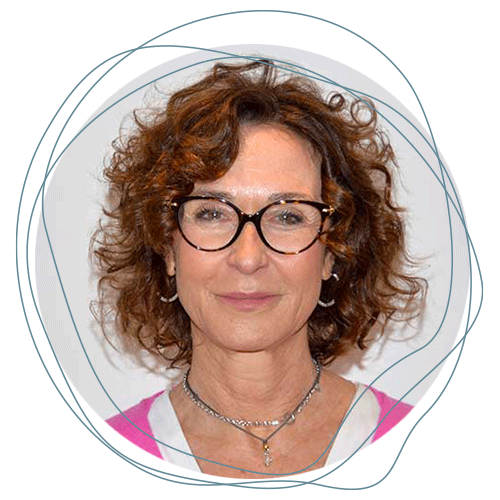
Interventions in French/English/Italian.
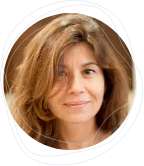
Florence Lamy
Creator and designer

Dr Michel Moral
Project companion - Scientific expert
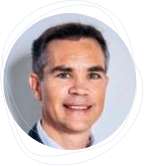
Antoine Chevet
Director
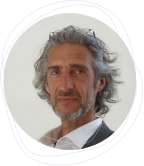
Stéphane Vallée
Project Companion
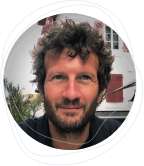
Mathieu Détaint - Studio Kimyô
Digital Project Manager
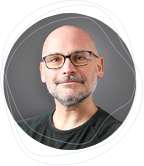
Erwan Bézie

